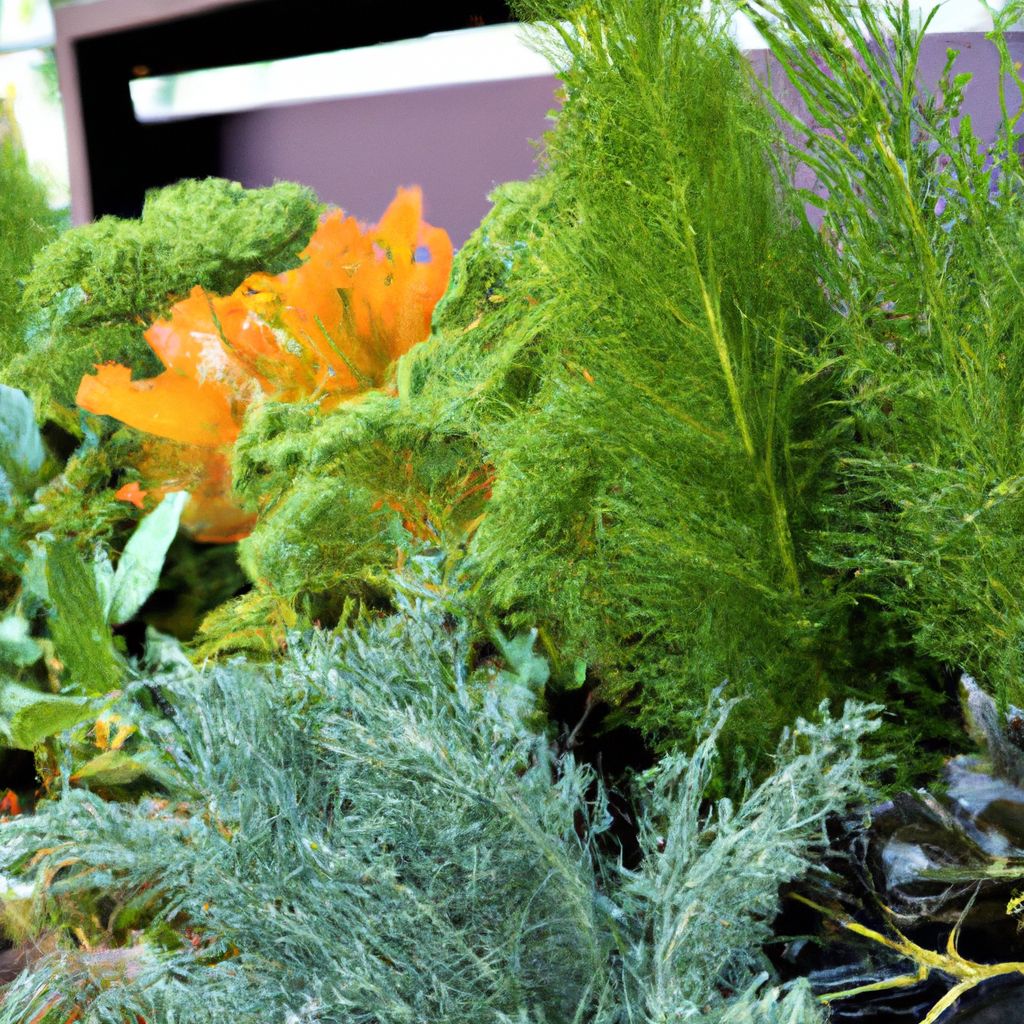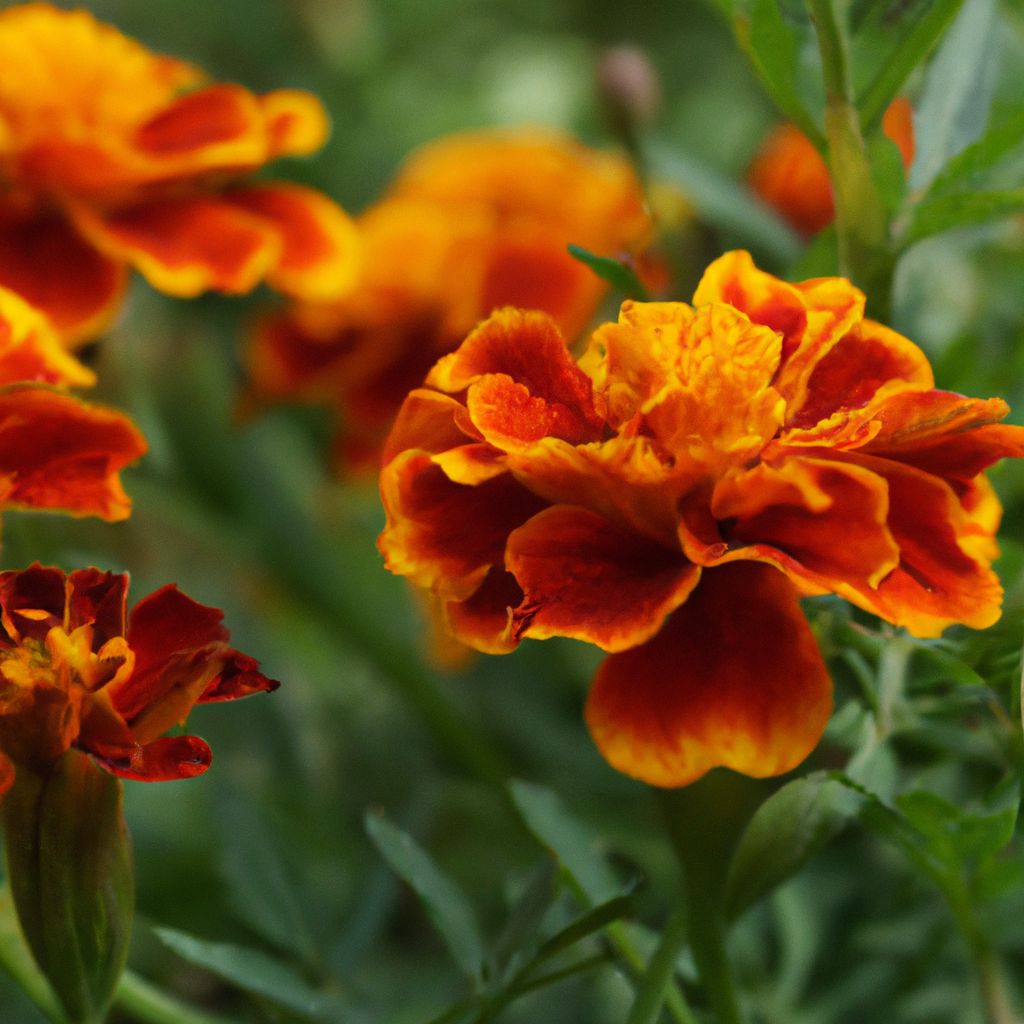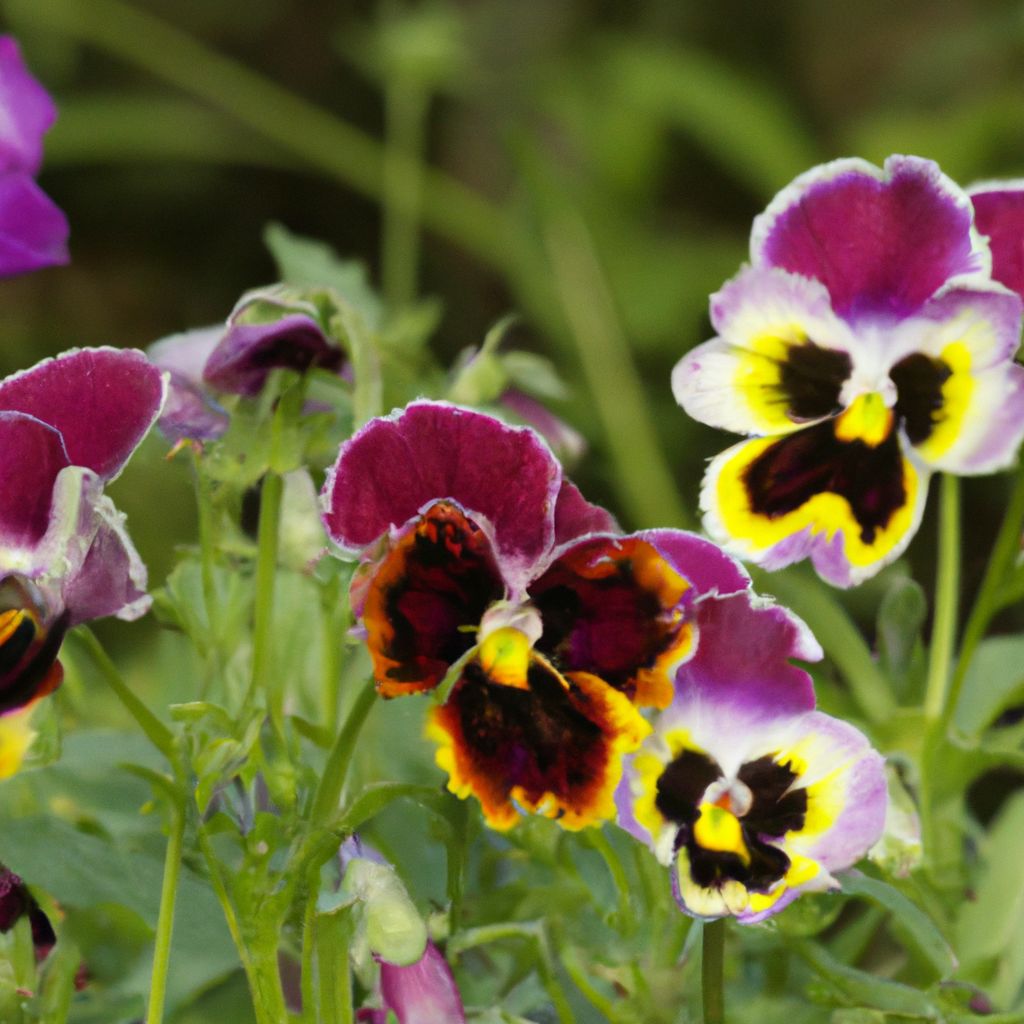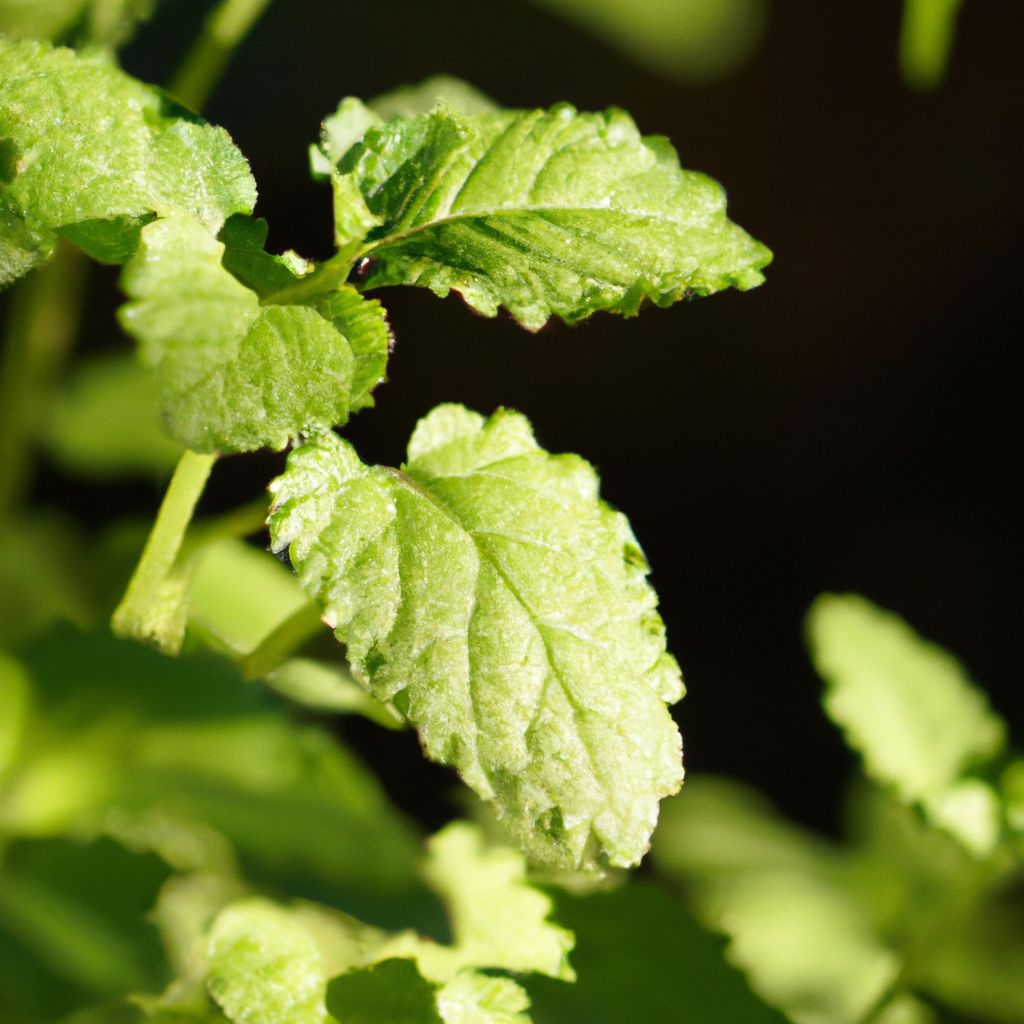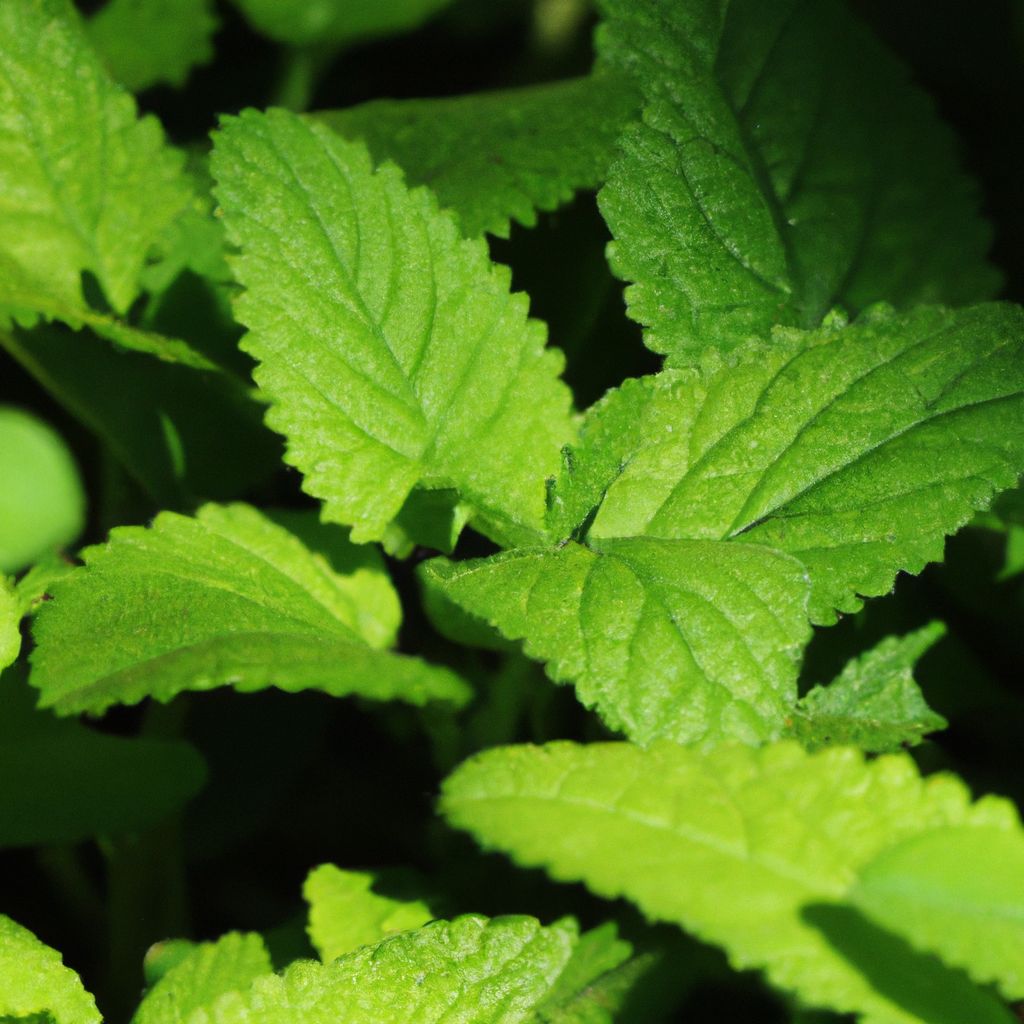Having the right tools on hand makes all the difference when it comes to creating and caring for a thriving vertical garden. The innovative structures, soil enhancements, irrigation systems, and other products available today empower both novice and expert gardeners to maximize vertical growing space.
In this comprehensive guide, we will explore the essential tools and supplies for achieving vertical gardening success.
Structures for Vertical Support
A sturdy vertical structure provides the fundamental framework to display your vertical garden. Consider these options:
Wall-Mounted Panel Systems
- Pre-fabricated modular panels allow you to create living green walls
- Panels come with built-in pockets to hold soil and plants
- Installation is easy – simply mount panels onto walls studs or fencing
- Purchase panels in standard sizes or customize length
- Ideal for covering large blank walls and maximizing plantings
- Can be used indoors or outdoors
- Create stunning displays even in tight spaces
Hanging Baskets and Planters
- Suspended containers enable cascading gardens along railings, patios, or walls
- Choose durable planter materials like galvanized steel, plastic, or weather-resistant wicker
- Install hooks, chains, poles or cables to securely hang containers at desired heights
- Opt for self-watering styles to reduce maintenance
- Perfect for small spaces like balconies or patios
- Flexible design allows you to arrange planters at varying levels
- Use single planters or group multiples together
Trellises and Arbors
- Trellises offer essential vertical support for climbing vines and plants
- Choose from simple single poles or elaborate steel and wood archways
- Install trellises along fences, edges, or against walls for stability
- Look for rot-resistant woods like cedar for longevity
- The perfect structure for training pole beans, cucumbers, tomatoes and more
- Flexible design options – build custom or buy pre-made
- Incorporate arbors into entryways or walkways
Pre-Made Vertical Towers
- Self-contained vertical structures with built-in irrigation and planters
- Convenient all-in-one systems for patios or balconies
- Freestanding towers made of steel, plastic or eco-friendly bamboo
- Some models offer handy self-watering irrigation systems
- Ideal for lettuces, herbs, strawberries and other edibles
- Make vertical gardening easy, even for beginners
- More portable than permanent installations
Soil, Water and Nutrition
Proper soil, irrigation and fertilization provides the foundation for vigorous vertical garden plants:
Soil and Amendments
| Growing Medium | Key Characteristics |
|---|---|
| Potting mix | Specially blended for containers. Lightweight and fast-draining. |
| Compost | Added organic matter provides nutrients and moisture retention. |
| Worm castings | Rich source of nutrients that enhances soil health and structure. |
| Coconut coir | Derived from coconut husks. Holds moisture while resisting compaction. |
| Perlite/vermiculite | Porous minerals that improve drainage and aeration. Help prevent soggy soil. |
Notes:
- Test soil pH and amend if needed – most plants thrive at a slightly acidic pH between 6.0-7.0
- When preparing planting mix, avoid heavy garden soil which can easily become waterlogged
- Soil provides nutrients and structural support to plants’ roots
- Proper soil prep is one of the keys to vertical gardening success
Irrigation Systems
- Drip irrigation delivers targeted water directly to plant roots via tubing/emitters
- Timers or controllers automate watering on set schedules, providing consistency
- Micro-spray nozzles cover wider areas with gentle, even misting
- Self-watering planters utilize wicking systems or internal water reservoirs
- Match irrigation method and frequency to your plants’ needs
- Crucial for providing adequate moisture to vertical gardens
- Automated systems reduce maintenance and ensure consistency
Fertilizers
- Apply diluted liquid fertilizers regularly through irrigation system
- Slow release granular fertilizers provide longer-lasting nutrition
- Look for balanced formulations indicated by equal N-P-K ratios (ex: 10-10-10)
- Organic choices like compost tea, fish emulsion, and kelp extract
- Always follow label instructions carefully to avoid burn
- Test soil periodically to monitor nutrient levels
- Proper fertilization nourishes plants and promotes growth
Maintenance and Harvest Tools
Caring for plants and harvesting bounty is easier with the right gear:
Pruning and Shaping Tools
| Tool | Uses |
|---|---|
| Bypass pruners | Precision snipping of stems and light branches |
| Loppers | Cutting thicker branches up to 1 inch diameter |
| Hedge shears | Shaping dense growth on shrubs and bushes |
| Pole pruners | Reaching tall branches from the ground using extension poles |
| Bonsai shears | Intricate shaping of miniature bonsai plants |
Notes:
- Look for quality tempered steel blades that retain sharp edges
- Choose ergonomic handles that reduce hand fatigue
- Clean and sanitize tools regularly to prevent spreading disease
- Sharp blades make smooth cuts that heal quickly
- Well-made tools last for years and make tasks easier
Pest Control Products
- Neem oil – extracted from neem trees, smothers insects and deters feeding
- Insecticidal soaps – Potassium salts of fatty acids disrupt insect membranes
- Diatomaceous earth – microscopic fossilized algae damages soft-bodied pests
- Bacillus thuringiensis – bacterial parasite controls caterpillars and other larvae
- Pyrethrins – plant-derived chemicals that attack insect nervous systems
- Apply as directed during early stages of infestation for best results
- Always follow label safety instructions carefully
Harvesting Supplies
- Gather picked fruits and vegetables in baskets lined with soft towels to prevent bruising
- Pruning shears, scissors, or sharp harvesting knives cut produce cleanly from stems
- Gardening apron with pockets keeps harvesting tools handy and protects clothes
- Use clean food grade containers for collecting berries and delicate produce
- Ball jars, freezer bags or vacuum food sealers help preserve the harvest
- Make harvesting easy and keep produce pristine
Creative Enhancements
Elevate your vertical garden design with these special touches:
Decorative Embellishments
- Mirrors, marbles, colored glass – add glimmering accent pieces
- Wind chimes and whirligigs – provide soothing sounds
- Sculptures, mobiles – incorporate visual interest and motion
- Found items like antique gate hinges or weathered tools
- Unique backdrops – paint or stencil artwork onto wall behind garden
- Personalize with items that match your style
Upcycled Containers
- Old coffee, tea tins, or food cans – punch drainage holes to make mini planters
- Rain boots, buckets, and baskets – attach to rails or frames
- Repurposed kitchen items like sieves, pots, and utensils
- Dishes, mugs, glasses – use as creative hanging planters
- Vintage luggage, drawers, crates – mount on wall as novel planter box
- Give discarded items new life as ornamental planters
Lighting
- LED grow lights – supplement sunlight in shaded areas
- Strip lighting – conceal under ledges to illuminate plants
- Spot lights – accentuate focal points or highlight architectural details
- String lights – add fairy-like twinkle along top rails and rims
- Solar pathway lights – line steps and paths to provide ambiance
- Extend enjoyment into the evening
Design Inspiration

When designing your vertical garden, consider incorporating these captivating themes and elements:
Tropical Oasis
- Bright begonias, bromeliads, and bird-of-paradise
- Bold, oversized foliage like elephant ears
- Decorative elements like parrots, palm fronds, bamboo
Cottage Garden
- Old-fashioned roses, hollyhocks, bleeding hearts
- Rustic trellises and arbors overgrown with vines
- Weathered oak barrels overflowing with petunias
Edible Paradise
- Heirloom tomatoes and plump strawberries
- Trailing herbs like thyme, oregano, and chives
- Interplanted edible flowers like nasturtiums
Succulent Showcase
- Mix of Echeveria, Sedum, Sempervivum, and cacti
- Contrasting shapes, colors, and textures
- Natural stone accents and boulders
- Rustic wind chimes and dreamcatchers
Urban Jungle
- Ornamental grasses, ferns, and tropical plants
- Unexpected repurposed planters like old sinks or bike baskets
- Chic metal frames and fencing
- Architectural vines and bold-leafed plants
The right selection of structures, soil, tools and creative embellishments enable you to cultivate a thriving vertical garden paradise, no matter how limited your gardening space.
Ideal Plants for Vertical Gardening
While in theory any plant can be grown vertically with proper support, some varieties are better suited for vertical cultivation. Here are top recommendations:
Vegetables
- Cucumbers – vining habit makes them perfect for trellising vertically
- Peas – tall climbing vines with prolific yields
- Pole beans – easy to train up supports, choose compact varieties
- Tomatoes – trailing cherry tomatoes work especially well in hanging planters
- Swiss chard – colorful stems and leaves add beauty in narrow rows
- Lettuce/kale/spinach – shallow roots and harvested frequently
- Radishes – quick growing and edible roots don’t require much depth
- Carrots – opt for short rooted varieties like ‘Amsterdam’
Herbs
- Oregano – trailing spread over walls and edges
- Thyme – cascades attractively from pockets and baskets
- Rosemary – upright variety perfect for contained culture
- Mint – contains spreading roots in planters to prevent invasiveness
- Lavender – tolerates dry conditions in vertical gardens
- Chives – grassy leaves provide bursts of flavor
- Cilantro – quick growing and bolt resistant
- Basil – choose compact varieties like ‘Spicy Globe’
Flowers
- Million bells – profuse petunia-like blooms cascade from baskets
- Sweet alyssum – dainty low-growing annual with honey-like fragrance
- Ivy geraniums – vining stems covered with colorful flowers
- Lobelia – compact edging plant smothered in tiny blossoms
- Verbena and lantana – heat and drought tolerant trailing flowers
- Nasturtiums – edible flowers and leaves with vivid colors
- Morning glories – climbing vines with trumpet shaped blooms
Climbing Vines
- Passion flowers – unique flowers with elaborate tropical look
- Climbing hydrangea – glossy foliage and lacecap blooms
- Trumpet vine – vigorous climber with bold orange flowers
- Clematis – elegant flowers in a range of colors
- Grapes – reddish-purple foliage and edible fruit
With the right plant selections suited to vertical cultivation, your garden will flourish!
Cultivating Your Vertical Paradise
Creating a thriving vertical garden enables you to overcome space constraints and maximize planting in even the smallest footprint.
By leveraging specialized structures, containers, soil enhancements, irrigation tools, lighting, and other products now available, both novice and expert gardeners can cultivate bountiful vertical gardens.
Follow this extensive guide to equip yourself with the essential tools and supplies for achieving vertical gardening success. Then get ready to grow fresh organic produce, fragrant herbs, and stunning flowers in soaring vertical landscapes that make the most of your valuable gardening space.











































